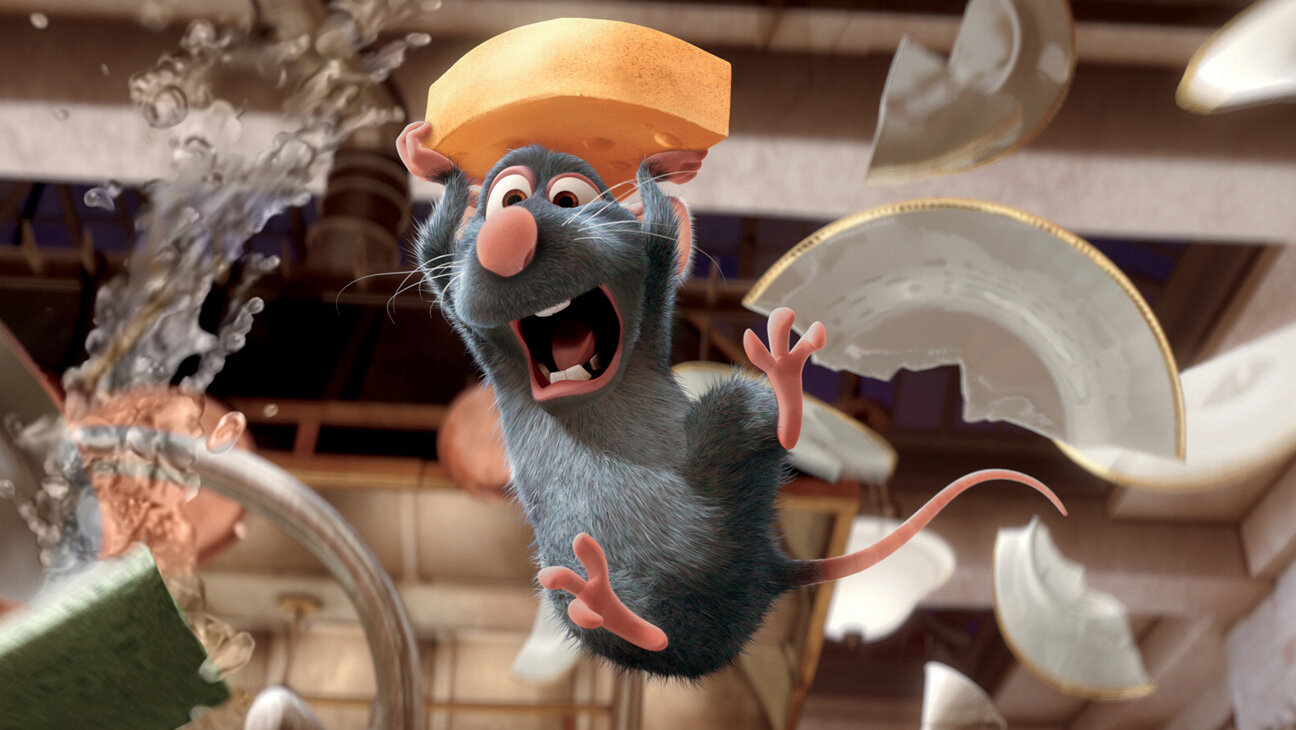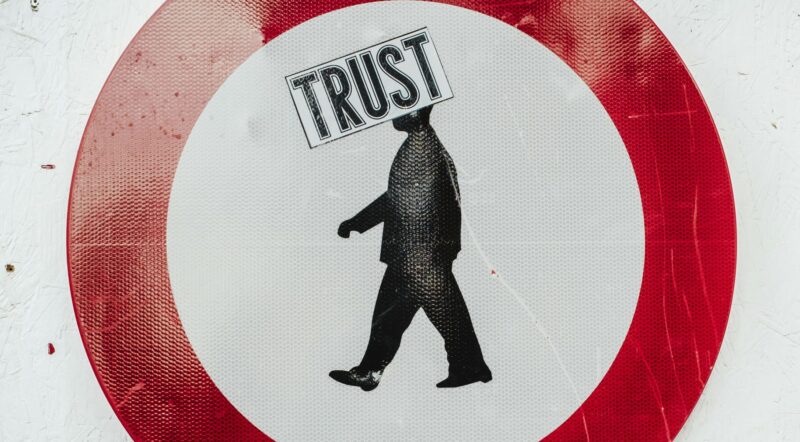The power of storytelling in marketing
“We are, as a species, addicted to story. Even when the body goes to sleep, the mind stays up all night, telling itself stories” – Jonathan Gottscahll
Storytelling is one of the oldest, yet most powerful communication tools we have as humans. Stories help us to share, engage and comprehend in ways few other mechanisms can.
In marketing, storytelling provides an avenue to connect to consumers unlike any other. Brands are empowered to share and sell their values and personality in a form that feels less like advertising and more like a concerted effort to strengthen relationships with customers.
Storytelling’s importance to marketing is undeniable, Jennifer Aaker, a professor at Stanford’s Graduate School of Business puts forward three core reasons as to why:
- Stories shape how people see you
- Stories are tools of power
- Stories persuade and move people to action
Stories shape how people see you:
Brand narratives help form perceptions and attitudes. How people speak about and the way a brand presents itself all influence key metrics such as purchase consideration and brand loyalty. There is power in crafting stories to develop a desired identity and authenticity that hopefully resonates with consumers.
Try thinking about a brand you particularly like. Now imagine they were a person. How would you describe them to friends?
Stories are tools of power:
One of the best things about a great story, is the ability to completely engross and capture an audience. Think about the last book you read that you just couldn’t put down, or a party you’ve been to where someone shared an anecdote that had people hooked on every word. Often is the case you’re completely absorbed in what your reading / hearing and time feels like it slows down around you. In the world of marketing, communicating a great story has the potential to cut through much of the monotony of today’s advertising, by presenting something that is unique and captivating, making consumers stop and listen.
Stories persuade and move people to action:
Critically, research shows that:
“Our brains are not hard-wired to understand logic or retain facts for very long. Our brains are wired to understand and retain stories”
Stories are far more impactful in promoting retention and behaviour, than functional messaging. As a London School of Business study found, when people hear statistics alone “they retain only 5% to 10%” of what they’ve heard. Yet “when stories are used to convey the same information, retention jumps to a remarkable 65 to 75%”
…
Now, understanding the importance of storytelling, what makes an engaging story? How do marketers create a desired feeling and experience for their consumer to help drive brand connection? Matthew Luhn, story consultant and animator, known for his work in Pixar movies such as Toy Story, Ratatouille and Inside Out, shares five core elements he believes all great stories should possess:
- Hook
- Character transformation
- Connection with the audience
- Authenticity
- Structure
Hook:
The hook relates to the story’s core theme. In essence, what is it that’s going to draw people in and make them compelled to see what is about to unfold? Luhn explains it usually needs to be something unusual or unexpected as to immediately grab the audience’s attention.
Character transformation:
Once you have captured the attention of the audience, it is important to take them on a journey. Stories inspire transformation. People tend to live vicariously through characters. It is therefore essential to question; What is the message we are hoping to convey and how will this advertisement effect a change in the consumer?
Connection with the audience:
A story may be expertly crafted in hook and transformation, but if you don’t truly understand the audience you are trying to appeal to, it is likely to become lost or ignored. It’s not simply a case of knowing demographics either, a strong comprehension of things like audience values and motivators is critical for connection. Luhn uses the example of Ratatouille:
“I hate cooking, I hate rats. But you know what we have in common. This guy has a dream to do something, that his dad, his family, his culture, his species say you cannot do. That’s why we love that movie because everybody can relate to the passions and struggles of somebody who wants to do something and is told no you can”
Authenticity
Authenticity is perhaps one of the most difficult aspect of storytelling in marketing, Consumers are often wary that they are being advertised to, it is therefore important to communicate something that comes from a piece of truth, based around enduring insight, rather than something that feels manufactured.
Structure
Finally, how the story is told is critical for its success. Simply put, structures that comprise a set-up, conflict and pay-off are believed to be most effective in storytelling.
Here’s some examples of brands using storytelling to great effect
Johnnie Walker – The Man Who Walked Around The World
Google – Helping You Help Them
…
Watch Matthew Luhn talk more about storytelling in business and his experience at Pixar here.




